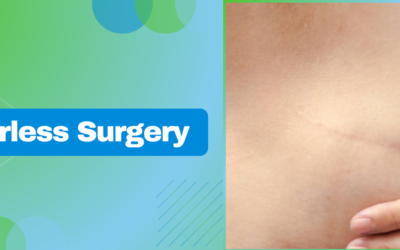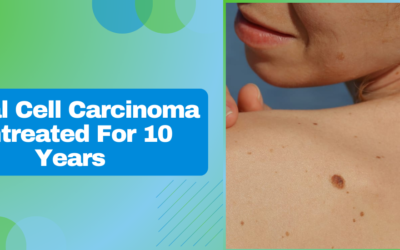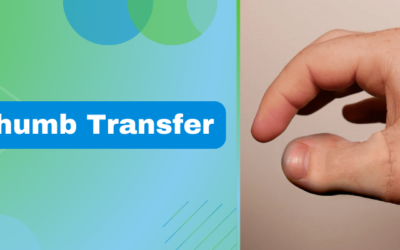Lymphedema Treatment in Mumbai
Elephantiasis or lymphedema is essentially characterized by swelling of hands or feet. Elephantiasis occurs following a mosquito bite wherein the Filaria parasite enters our bloodstream and multiplies and causes filariasis. It occurs in tropical or subtropical areas, such as Africa, India, South America, and Southeast Asia. It used to be quite common in Kerala.
Basic Pathology:
Lymphatic channels are microscopic tubular channels transporting lymph fluid from hands and feet to the heart. When these transport channels are damaged or dysfunctional the fluid accumulates in the hands and feet causing undue swelling. Swelling is initially reversible but with time it remains permanently causing skin changes like nodules and ulcers.
Lymphedema denotes swelling of upper or lower limbs due to a variety of causes;
some of which are:
- Cancer and cancer surgery
- Radiation therapy
- Injury
- Birth deformity which can present anytime after birth, even after 30-32 years
- Idiopathic- where there is no identifiable cause
Parts affected:
- Legs and feet- most commonly
- Forearms and hands- more common following breast cancer surgery
- Genitalia
Symptoms of Lymphedema are:
- Swelling of the limbs Which reduces with an elevation of legs
- Intermittent episodes of fever with chills, during which swelling of limbs increases
- Generalised ill health
Diagnosis of Lymphedema
- It’s based on the patient’s medical history and examination.
Investigations to aid in diagnosis:
- Lymphoscintigraphy
- MRI Lymphangiography.
CONTACT US FOR MORE INFORMATION OR BOOK AN APPOINTMENT
Treatment of Elephantiasis
Treatment consists of:
- Personal Hygiene Measures
- Manual Lymphatic Drainage
- Surgery
1. Personal Hygiene Measures :
- Daily cleaning of the affected limb with soap and water
- Moisturize the skin
- Regular clipping of nails and cleaning web spaces- as these are the main sites of entry of bacteria causing infection.
- Elevate the swollen limbs to improve the lymph and fluid flow
- Regularly exercise to keep the lymphatic system working throughout the day
- Wrapping the affected limbs to restrict further swelling with crepe bandage or compression stocking
2. Manual Lymphatic Drainage
A few sessions with a trained lymphedema therapist helps in a great way to bring the swelling under control. Massaging the lymphatics of the leg or forearms helps a great way to keep the lymphedema in check.
3. Surgery for Lymphedema
There are three basic types of surgeries performed to treat lymphedema:
- Lymphaticovenous or lymphovenous bypass
They are bypass procedures that include rerouting the lympatic drainage into veins using microsurgical techniques and equipment. The surgeon bypasses the affected nodes and connects the lymphatic channels into the veins by performing microsurgery. The patient starts noticing recovery in a few days.
These microsurgeries focus on connecting the few residual and available functional lymphatic channels to the small veins in the legs or forearms, enabling the lymph fluid to flow into the veins and control the swelling.
They are termed as physiologic procedures as they assist in the drainage of the lymph through natural mechanisms in the body. These physiologic procedures are performed during the early stages of elephantiasis as irreversible changes in the skin have yet to occur. These procedures have had good outcomes with patient’s cooperation.
- Lymph Node transfer:
This surgery is again a physiological procedure where lymph nodes from a healthy area like the neck or armpit are removed with it’s blood supply and are placed in the forearm or legs and connected with blood vessels. They start pumping fluid upwards.
- Excisional procedures
These procedures remove lymphedematous tissue, which is a solid tissue that contains a variable amount of fluid and fat. The excess fluid with proteins and macromolecules present in the affected limbs and other areas gets converted into lymphedematous tissue.
The plastic surgeon performs the excisional procedure in two or three staged procedures. The patient has to wear compression stockings to maintain the result. It is advised at an advanced stage when there is no reduction in swelling, and the skin is highly affected.
- Liposuction
Liposuction is recommended to remove significant fat in the lymphedematous tissue in the patient at an advanced stage of elephantiasis.
If you want to see the real-time Before-After images of our patients, then click here.
CONTACT US FOR MORE INFORMATION OR BOOK AN APPOINTMENT
Recent Blogs
Expert Insights on Scarless Surgery: What You Need to Know
Scarless surgery is a cutting-edge technique designed to minimize or eliminate visible scarring...
Basal cell carcinoma untreated for 10 years
Basal cell carcinoma (BCC) is the most common form of skin cancer. It is known for its slow growth...
Toe to Thumb Surgery
Toe to thumb surgery is also known as toe to thumb transplant or transfer. It is an effective...



